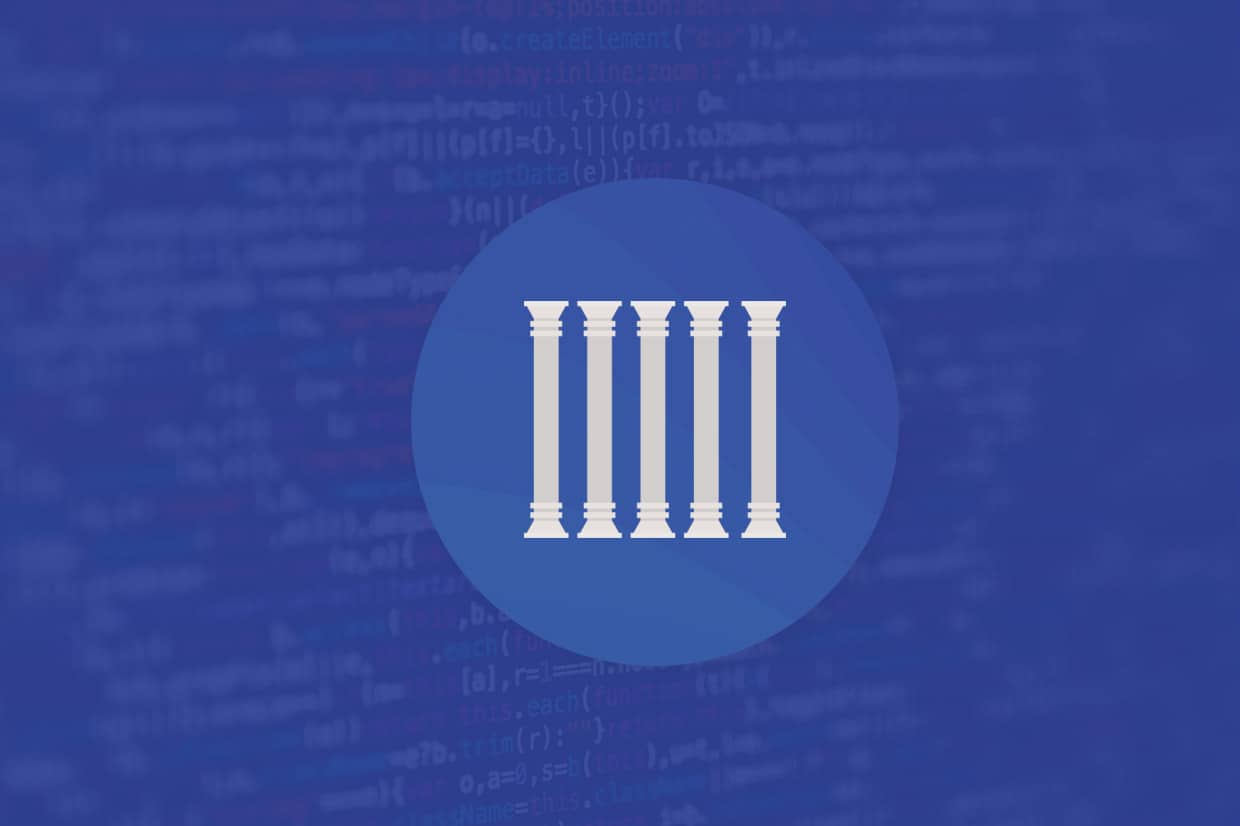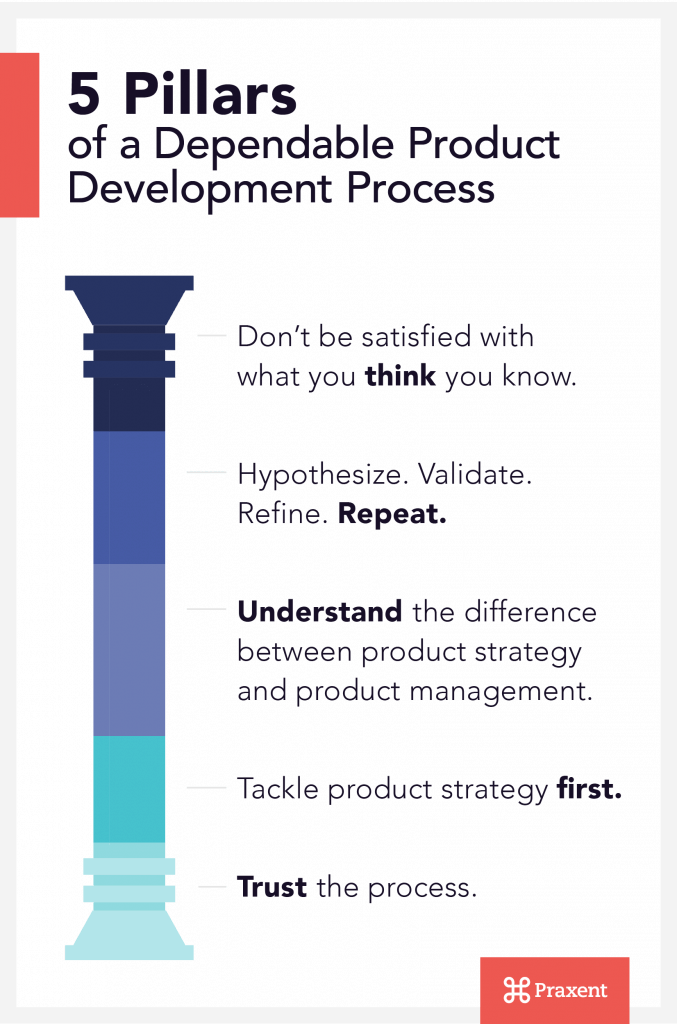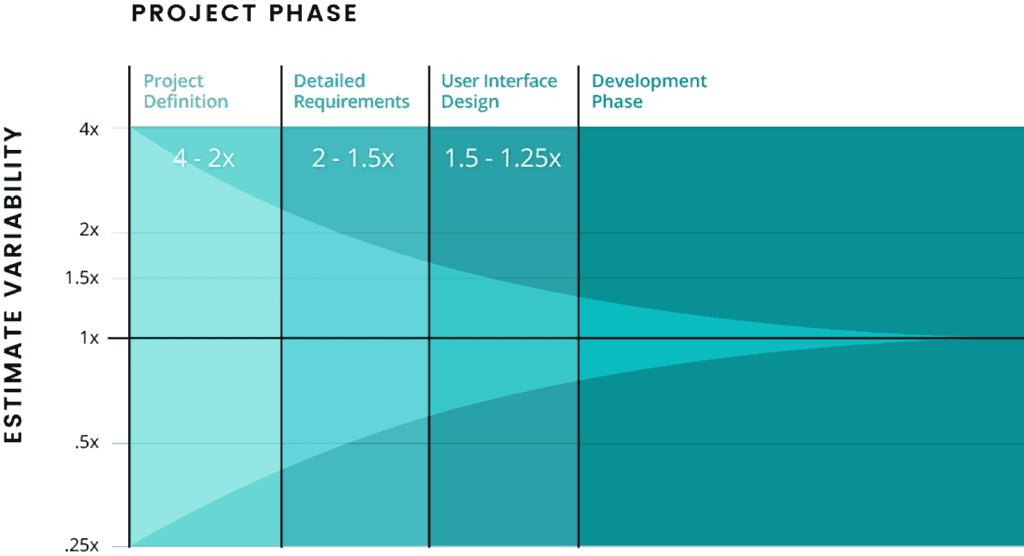
5 Pillars of a Dependable Product Development Process (Stop Wishing. Start Strategizing.)
“Build, and they probably won’t come.” They won’t come unless your product development process is strategic and outcome-driven. If you build before you know whether people will buy your product, chances are high it will fail.
In fact, 7 out of 10 software projects do fail. And most of the time that is exactly why. Don’t initiate a project that ends up over-budget with nothing to show. Wake up and smell the roses! You need a dependable product development process. We’re not trying to be dream crushers. (On the contrary, our clients call us dream makers.) We’re being realistic.
Take it from a product design company that has helped more than 300 businesses deliver on their innovative ideas. Our software projects don’t fail. And we can almost guarantee you that yours won’t either if you adhere to these five standards of a dependable product development process.

1. Don’t Be Satisfied With What You Think You Know
You are a successful, highly intelligent, yet pragmatic business person. And there’s something compelling about this product idea you have.
The conviction you have about your idea is where it all starts. Just as Netflix was born out of one man’s negative experience with Blockbuster, life experience, people-skills, and industry knowledge inspire most great product ideas.
But the first pillar of a dependable product development process is you cannot truly understand who will buy a product and why if you just accept your assumptions as given. If you really want your investment to pay off, don’t be satisfied with what you know. At the birth of the product, you may view this idea through your own lens of experience. That’s only the beginning of developing the concept. Your crucial next step is to validate the idea outside of your own box.
One of the biggest mistakes business creators can make is starting to build their product before making sense of it outside their own bubble. If your product development process is rooted only within your own paradigm, your product may never stick with the people you made it for.
Find Your Money-Maker >> Product Development Process that Pushes Boundaries
A lot of business visionaries know the risk that comes with new product development, and it holds them back from ever executing on their ideas.
Never fear! We want to reassure you that you can know your idea will work. It can scale. It can make money. But reaching that point of confidence starts with digging deeper and wider into who your target audience is, what motivates them, and how your product will solve their problems.
In the process of digging deeper, you may even discover that your idea is just the tip of the product iceberg. We’ve seen a lot of business creators identify huge market opportunities after further investigating their initial concept. Often related to the first idea, these opportunities are informed by a truer understanding of what people want. And they come with billion-dollar rewards.
2. Hypothesize. Validate. Refine. Repeat.
Hypothesize
Start with your gut. Formulate your product idea based on personal experience and observation.
Validate
Once you have a basic idea for your product or innovation, it’s time to get an initial feel for who will buy your product and why. Keep user research really simple, especially in the beginning. Find real people who would qualify as potential users of your product and talk to them. Even if you are only able to talk to a few people, holding these interviews will allow you to tweak and refine your value proposition.
Refine
After you’ve done the initial, basic work of hypothesizing and validating your idea, it’s time to engage a product development company. At Praxent, this is the point where we join you in the research. Together with our product strategist you revisit your conclusions with a fresh, added perspective.
The best product development companies will help you identify exactly what your users are looking for. At Praxent, we use the Jobs to Be Done framework to help guide our clients through a process of discovery. Jobs to Be Done problem-solving minimizes the risk of innovating. It provides a sure path for discovering what buyers want so that you can build with confidence.
At this stage, we also look at market trends, conduct a landscape analysis, study direct competitors, and identify general product trends. To get a baseline idea of what buyer expectations are, we’ll identify what products your target users are currently employing. Informed by the combined results of all this research, you can now confidently evaluate the best direction for your product.
Hypothesize
Your research up to this point has opened up a whole realm of possibilities. Now it’s time to articulate how your product will gain advantage in the market. Together with your product development partner, carefully synthesize the data to create a refined hypothesis (a unique value proposition) for your product.
Validate
At Praxent, the next step we take is to build a very basic rendition of your product. We create a clickable prototype that you then take back to users and other stakeholders to test out. Carefully record all observations and feedback. Be open to new direction that can surface in this round of testing.
Refine
Based on the results of the test, further define your value proposition.
3. Understand the Difference Between Product Strategy and Product Management
In today’s digital age, a successful product development process is driven by two main functions: product strategy and product management.
Julia Mitelman is a strategist, product designer, and writer. In her article, “The Product Manager vs. The Strategist,” she clarifies the difference between product strategy and product management:
“Product connects customer needs with business goals to produce goods and services that people use and buy, enabling the company to compete. Strategy considers the external and internal landscape to identify market gaps and opportunities, enabling the company to compete.”
If you want your product development process to work, it’s important to understand these two functions and know when and how to bring them in for best results.
4. Tackle Product Strategy First
Ideally strategy comes before product management. A product manager wants to build things, iterate, and make things better once direction is clearly defined. The strategist comes in early to help define that direction and ensure you’re thinking about the right “what.”
You will save money and eliminate risk by starting with product strategy. “Think before you build.” Having a dependable product development process revolves around the conviction that, if you do your homework, your product won’t fail. After each step of the product development process, your confidence in the product and its design should solidify that much more. Don’t commit your thousands to building until after the user interface design phase.
Think First // Low-Risk Product Development Process
At Praxent, we start with strategy. As soon as it’s time to start executing on an idea we will pull in the product managers. This doesn’t usually happen until halfway through the user interface design phase.
Developed by software-cost gurus Barry Boehm and Steve McConnell, the cone of uncertainty illustrates the rate at which confidence develops as you move along the product development process.
During the product definition phase, for instance, cost estimates for your project could be off by as much as 400%. Alternatively, a cost estimate in the user interface and prototype phase will only be off by 20-25% or less.
>> Get the scoop on app development cost and how to get an accurate estimate from your software vendor.

5. Trust the Process.
First find out if your product will sell. Then build your product.
Now that’s a product development process you can trust.
Remember that your goal should be to solve problems for people. If your product does that, then you can be certain it won’t be a waste. But you have to keep working until you have that confidence. Don’t get off track or stop prematurely. Own your vision. Stick to your convictions. Refine your idea until you know it will work.


Leave a Reply